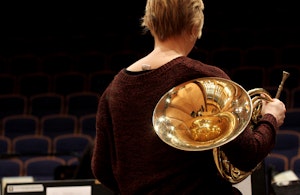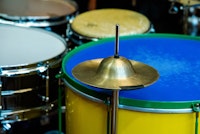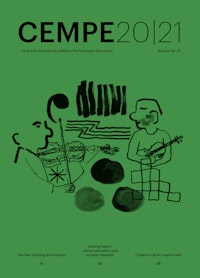Between October 2017 and March 2018 the horn students at the Grieg Academy, Assistant Professor of horn Ilene Chanon and Alexander Technique teacher Stephen Parker embarked upon a collaborative Alexander Technique project with financial support from CEMPE.
Improved Concentration
For the students involved, the project resulted in improved concentration during practice and concerts, a reduction in frequency of pain, tension and discomfort during horn playing, an increase in situations where optimal performance is achieved, and an increase in observational skills.
Collaborative Alexander Technique (AT) lessons may help students to become more aware of the relationship between their body and their instrument, thereby allowing for greater ease of playing and avoidance of performance-inhibiting tension, Ilene Chanon concludes.




